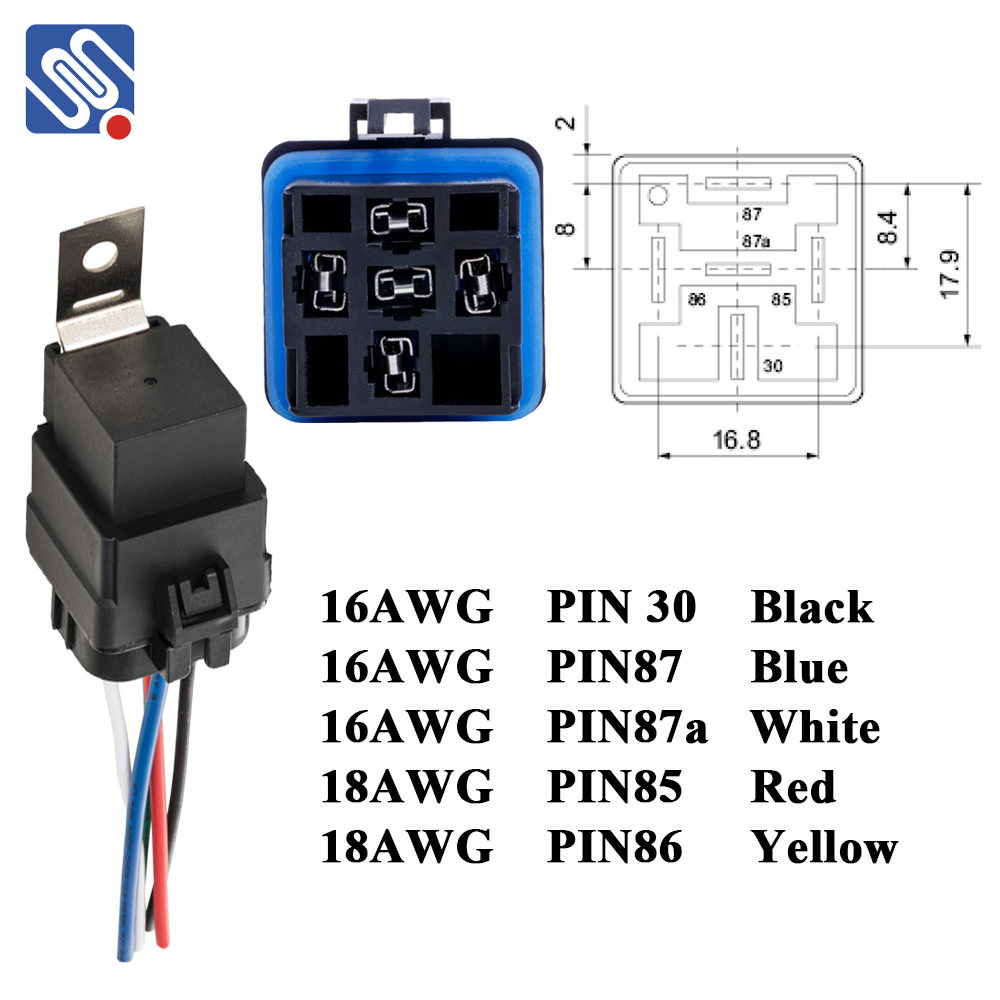Relay wiring is an essential concept in the world of electrical circuits and automation. A relay is an electrical switch that uses a small current to control a larger current, making it an indispensable tool in various applications, from simple home automation to industrial control systems. In this article, we will explore the basic principles behind relay wiring, its components, and how to wire a relay effectively for different purposes.

What is a Relay? A relay is an electrically operated switch that allows you to control a circuit by opening or closing its contacts with the help of an electromagnet. When an electric current flows through the coil, it generates a magnetic field that either opens or closes the relay’s contacts, depending on the type of relay. This ability to control high-power circuits using a low-power signal makes relays incredibly useful in a wide range of applications, including automotive, home appliances, and industrial machinery. Key Components of a Relay Understanding the basic components of a relay is essential for wiring it correctly. A typical relay consists of the following parts: